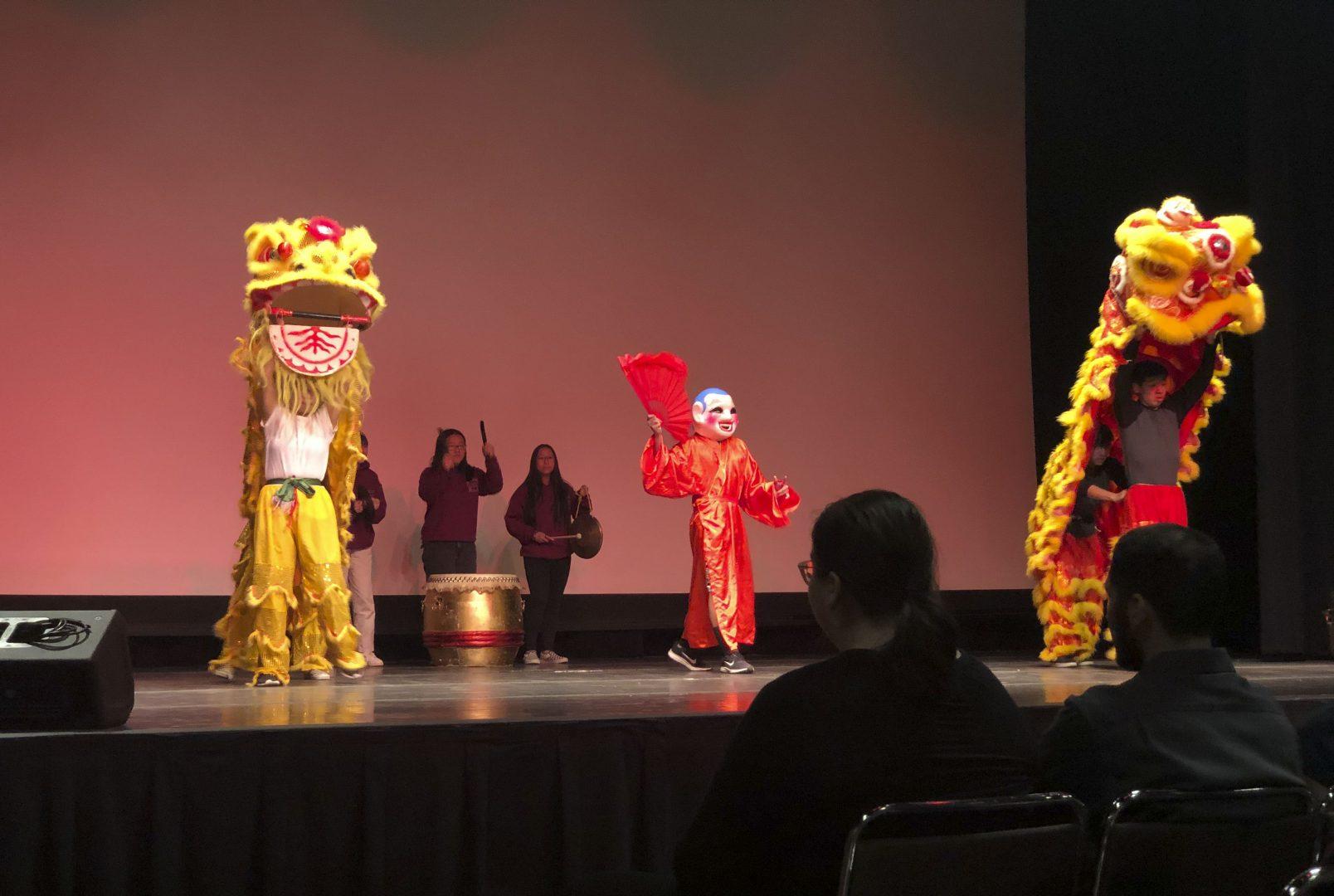On Feb. 7, the Cross Cultural and Gender Center held its annual Lunar New Year celebration in the Satellite Student Union.
Lunar New Year encompasses more countries than just China; it is an inclusive holiday that brings multiple Asian countries together over food and wishing family and friends health and prosperity in the coming year.
Attendees could take pictures together, eat Chinese food and visit booths before the event started.
Shimel Her Saychou, coordinator for Asian Pacific Islander and American Indian programs and services, said she enjoyed the turn out for the event.
“I’m really happy that we have students, staff, faculty and even people from our community attending this,” Her Saychou said.
The event reached people of all ages, including families, Fresno State students and students from Buchanan High School who performed with drums and Chinese dragons.
“With everything going on right now, it’s good to celebrate,” Her Saychou said.
She said that though she celebrated Hmong New Year in December, she has friends who also celebrate Lunar New Year. They come together to wish each other health and wealth.
Jenny Banh, professor for Asian-American studies and anthropology, educated attendees about the food and traditions that celebrate Lunar New Year.
Banh explained that though celebrations last 15 days, Lunar New Year used to be feared in ancient Chinese tradition. Legend teaches that on the darkest night of the year in China, a monster named Nian would come out to scare everyone. But the monster was afraid of loud noises, fire and red. Now people celebrate the new year by incorporating these three elements with family and friends.
Banh taught that foods represent different fortunes. Spring rolls represent wealth because they resemble gold bars; chow mein noodles represent long life and health, and therefore should not be cut; and shrimp represents happiness, since the mandarin words for smile and shrimp sound alike.
“Everything you eat is a blessing. It can bring a blessing to you immediately or in the future,” Banh said. “This has all to do with 2,000 years of legends, particularly in China.”
Jackie Rasaphone, a Fresno State graduate student who helped host the night, mentioned that food brings people together, both for school events and the Lunar New Year celebration. It creates inclusion for all people to celebrate together, especially because the many countries that celebrate Lunar New Year are all very diverse.
Tommy Mak, a biology student, said that his family is Cambodian. The main dish for their family is the hot pot.
Aside from the presentation, cultural booths lined the wall.
Jer Xiong, president of Hmong American Ink and Stories (HAIS), ran a booth to represent the new group that was established last fall. The group represents Asian Pacific Islander voices.
“Even though there is, for example, a huge Hmong population here, there’s not a lot of Hmong writers, and so we wanted to be a group for them,” Xiong said.
The group is aimed at helping Asian Pacific students find and share their voices. It hosts writing meetings and workshops, where writers can receive feedback and refine their poems and stories.
“Lunar New Year is really big. China celebrates it, Vietnam, Cambodia, Thailand, Laos — a lot of countries celebrate Lunar New Year,” Rasaphone said.
Bringing multiple nationalities and ethnicities together symbolized both Lunar New Year, and the mission of the Cross Cultural and Gender Center: to unite people.
“A lot of people know it as Chinese New Year and we wanted to, you know, make it more inclusive,” Rasaphone said. “Multiple ethnicities celebrate it, not just Chinese. So we wanted to educate others about the celebration as well.”
“At the Cross Cultural and Gender Center, we’re all about connecting the dots and connecting the lines between various cultures and traditions. So we all see that we’re all one in the same and we’re more alike than we are unalike,” Mak said.




